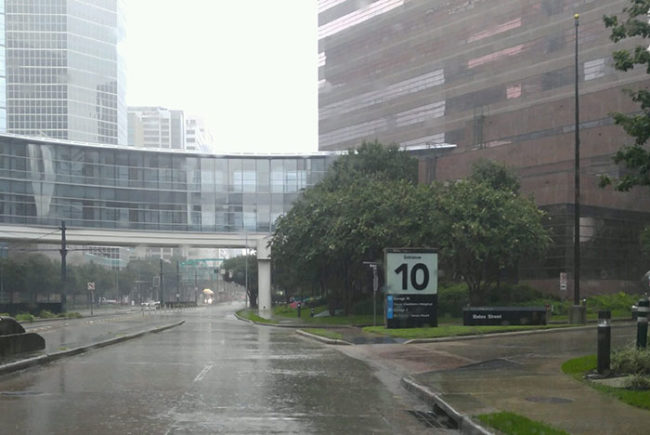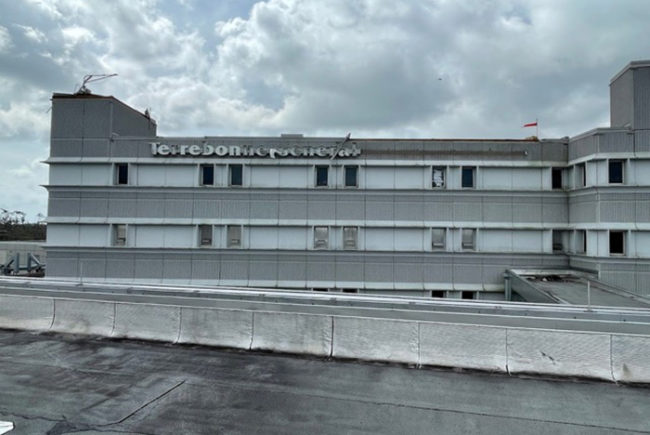In the moments before a powerful tornado struck Mercy health system's St. John's Regional Medical Center in Joplin, Mo., staff members scrambled to move patients to safety as a black sky approached.
When the tornado ripped through the hospital, one operating room (OR) technician huddled over a patient to protect him and held on tightly as the winds pulled him toward a window. An obstetrics nurse wrapped a baby boy in her jacket, held on to a patient bed, and began to pray. When the tornado passed, the hospital was left in the ruins of shattered glass and twisted metal. Staff tended to the immediate needs of a community in crisis, and leaders soon turned their attention to rebuilding while coping with an enormous disaster that had killed 150 people in the area.
The incredible story of the hospital's rebuilding is the topic of a discussion at this year's International Summit & Exhibition on Health Facility Planning, Design & Construction (PDC). ASHE is bringing together hospital officials — including the chief operating officer; hospital leaders involved in planning, design and construction; and the vice president of facilities for Mercy — for a panel discussion on the lessons learned from Joplin. The Joplin campus restoration is also the subject of a chilling new video production, which ASHE is helping to underwrite. The video includes interviews from such staff members as the OR technician and the obstetrics nurse who were working in the hospital on May 22, 2011. Clips from the emotional piece will be shown during the discussion at the PDC Summit, says Ken Cates, SASHE, principal at Northstar Management, a company helping to rebuild the hospital.
By examining lessons learned in Joplin, other hospitals can learn how the health system evacuated, secured its facilities, erected a temporary field hospital, constructed an interim hospital and planned a replacement facility. The discussion also will explain how managing expectations and coordinating the efforts of government agencies can help to support a hospital recovering from a natural disaster, and show hospital leaders how to apply the practical lessons learned in Joplin to their own emergency plans. After all, most hospital emergency plans are designed assuming there will be some space within the facility that will be usable, Cates says. Complete destruction typically is not addressed.
To register now for the PDC Summit on March 4-7 in Phoenix, visit www.pdcsummit.org.
This month's column was written by Deanna Martin, senior communications specialist for the American Society for Healthcare Engineering of the American Hospital Association.
ASHE insight
Resources available
ASHE offers important resources to professionals in the health care industry. They include the following:
- Health Facility Commissioning Guidelines. Written by health care professionals, this resource helps optimize construction or renovation delivery. The ASHE commissioning process establishes a standard language and process for commissioning health care facilities that are cost-effective and efficient and deliver the desired return on investment. The guidelines can help ensure a successful transition from construction completion to a sustainable, high-performance operation.
- Guidelines for Design and Construction of Health Care Facilities. The 2010 guidelines cover minimum program, space and design needs for all clinical and support areas of hospitals, nursing facilities, freestanding psychiatric facilities, outpatient and rehabilitation facilities, and long-term care facilities. They also include new material on acoustics, patient handling and movement, patient safety, bariatric patient care, cancer treatment and emergency services. The guidelines are referenced by more than 42 state departments of licensure or health.
For information on purchasing either of these valuable references, go to www.ashestore.com.





